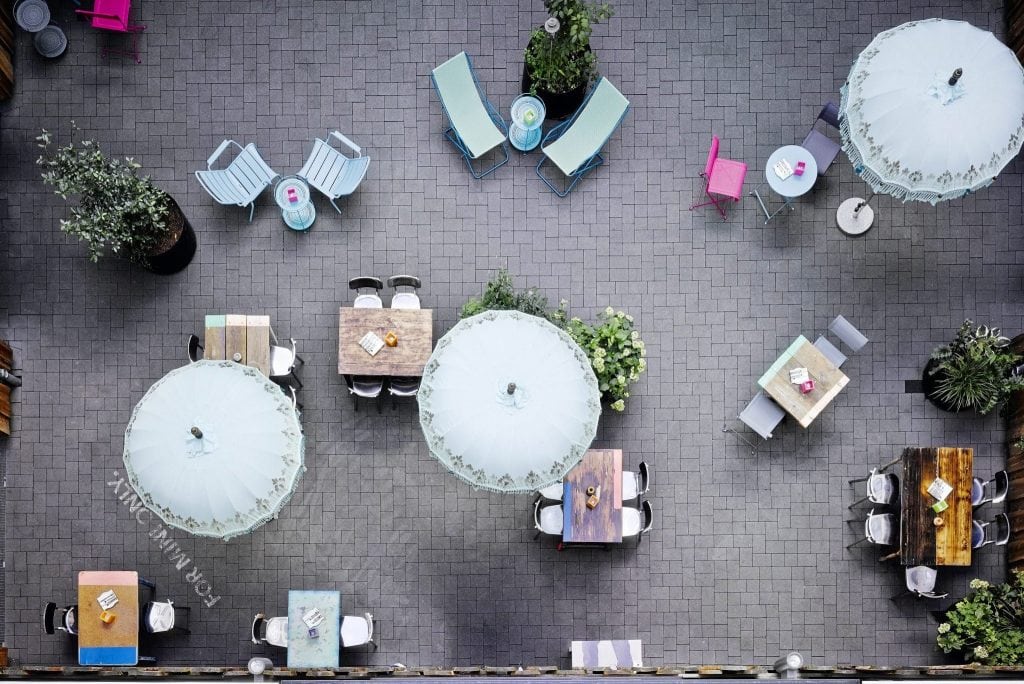What European Luxury Hotels Can Learn From Their Midscale Cousins

Skift Take
Maybe it’s because Europe has a higher percentage of independent hotels. Maybe it’s because Europe is made up of so many distinct cultures. Regardless, it seems that for some reason, in Europe, hospitality industry innovation tilts toward individuality. Analysts tell us why that is the case.
The European hotel market is a different beast to its U.S. counterpart – the big split being the number of branded versus unbranded properties.
This is both good and bad for industry trend watchers. The lack of conformity means plenty of product differentiation but the number of countries makes it tougher to spot broader changes in the market.
Travel industry analysts earn big bucks to be on top of trends before they become trends. That’s why, when we wanted to get some insight on innovation in European hospitality, we turned to experts with their ears to the continent’s ground.
Siniša Topalović is managing partner at tourism consultancy Horwath HTL and is based in Serbia; Wouter Geerts, is a travel industry consultant for Euromonitor International based in London; and Alexis Gardy is a partner at Roland Berger, a global strategic consulting firm headquartered in Germany.
Skift: Discuss why hospitality innovation proceeds from a different place in Europe.
Siniša Topalović: In Europe, a large percentage of hotels are not part of chains. That’s partly because places like Germany, Austria, Italy and France have traditional hospitality cultures, where there are many family-owned hotels. Within this cont
